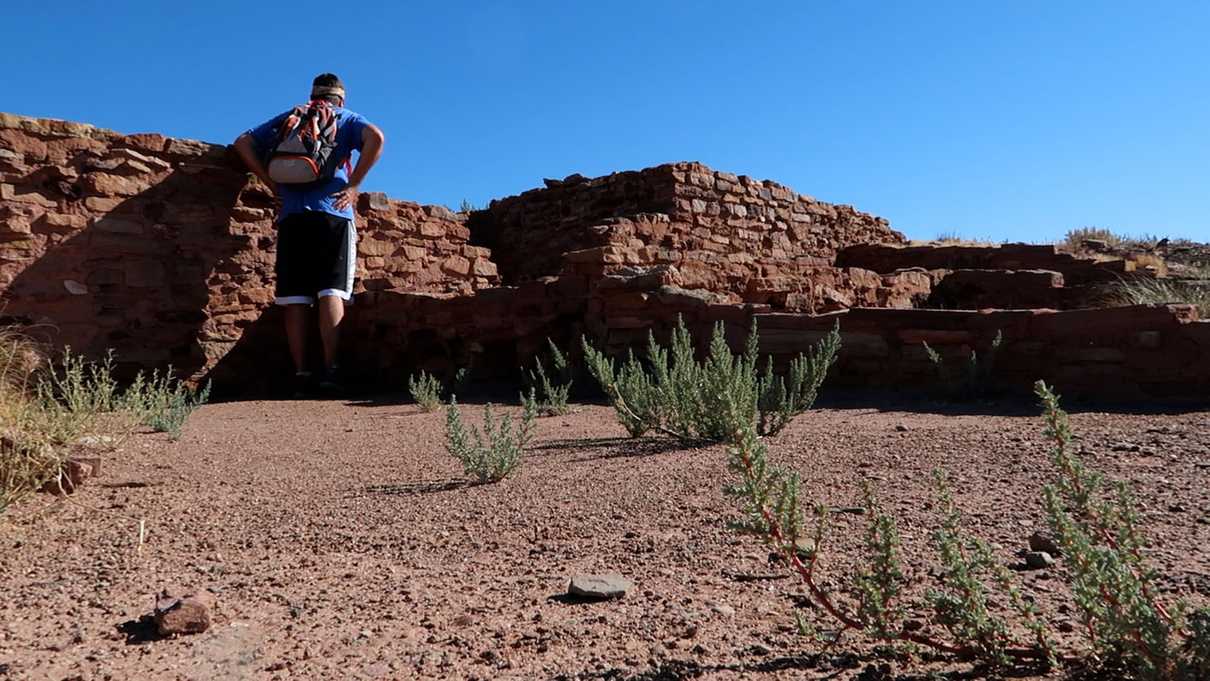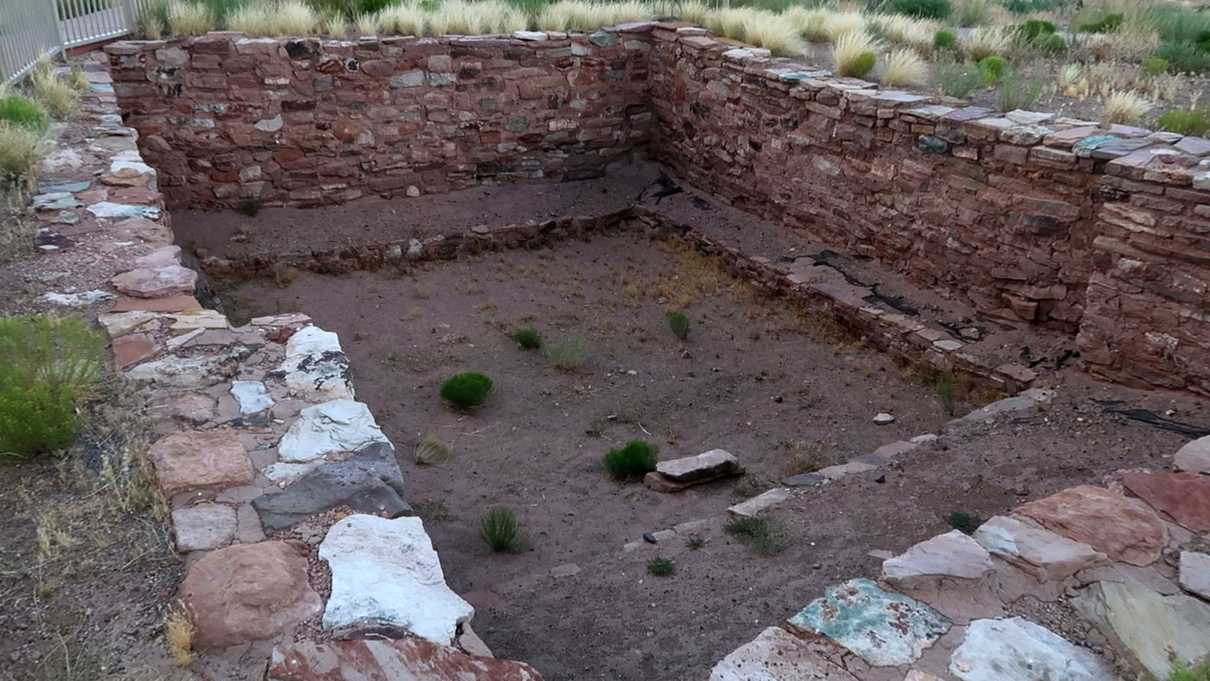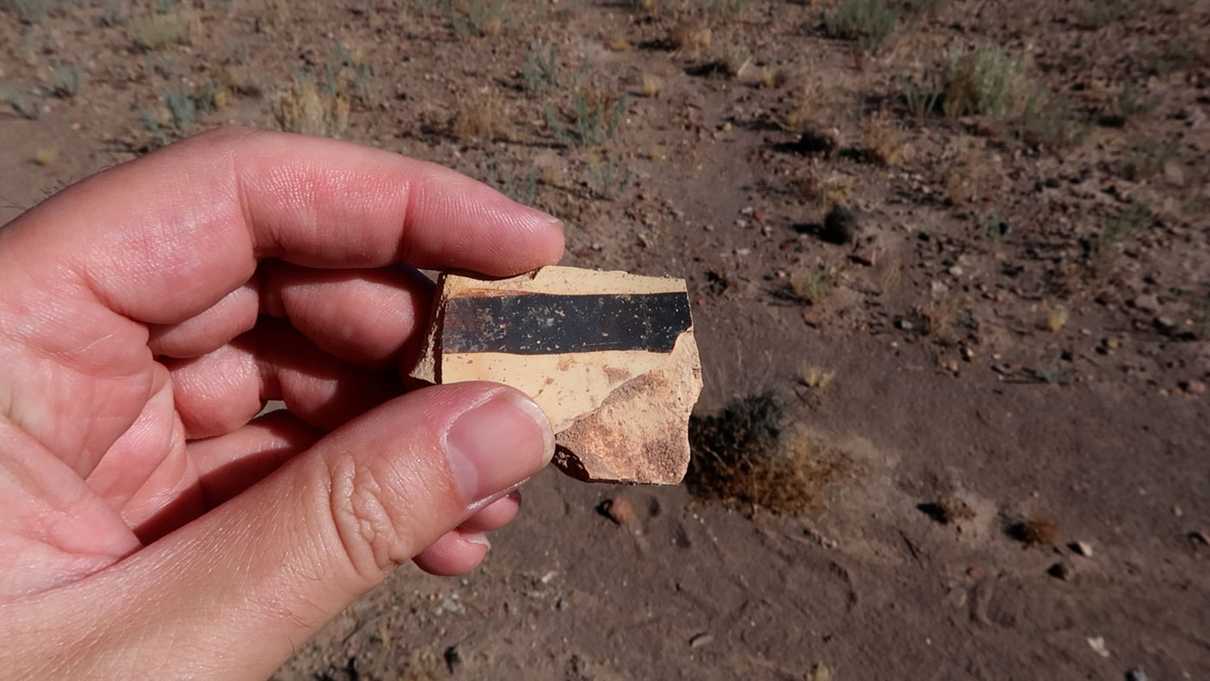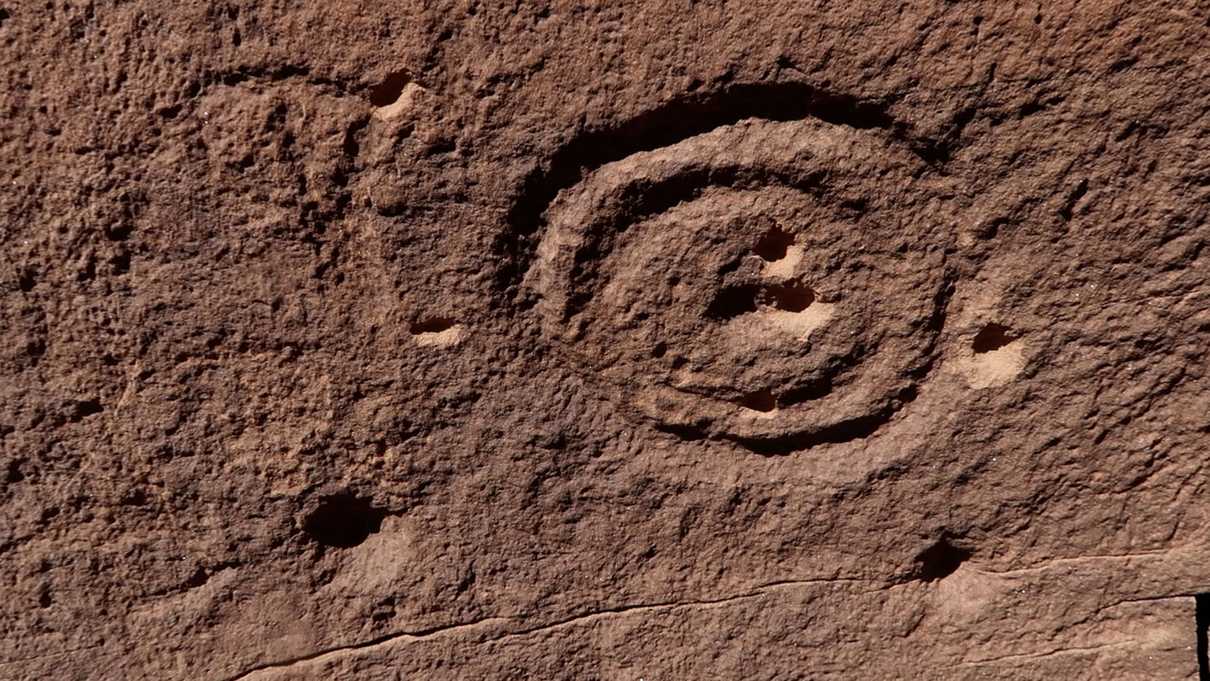The Living Archaeological Site of Homolovi State Park
Located just outside Winslow, Arizona, Homolovi State Park offers many opportunities for hiking, camping, and bird watching along with numerous historical exhibits and interpretive programs. The meat of the park is a grouping of archaeological sites, or pueblo ruins of varying prehistoric people.
History of Homolovi
The area of Homolovi is thought to have been occupied between 1260 and 1400 AD by ancestral Hopi as well as other prehistoric people. The name Homolovi translates to “place of the little hills” and is what the Hopi called the area. The Hopi people consider the residents their ancestors and refer to them as Hisat'sinom or “long ago people”. Another name commonly attributed to the people is Anasazi, a word given by the Navajo meaning "ancient enemies". Modern Hopi are not fond of this name and prefer it not be used.
Much like many other prehistoric sites that we have visited, the location of the site is key. It is located in what is called the floodplain of the Little Colorado River. The proximity to water allowed for irrigation and the growing of crops by the residents. Commonly grown crops were cotton, corn, beans and squash.
Life flourished for the people here. Due to the river water that ran through, animals would gather making hunting plentiful and supplying the people living in the area with abundant food sources. Deer, elk, rabbits and fish were common staples of their diet.
Eventually the residents of these pueblos migrated northward. As with many migrations in the area it isn’t entirely known what the reasons were. There is not much evidence of conflict in the area so many leading reasons could be climate or economic changes.
Despite their disappearance, many remnants were left behind for visitors to learn from and this park has that in spades. It is truly a fascinating and educational look at the rich history of the area and the people who called it home.
Establishing the Park
Homolovi State Park was established in 1986. Prior to the park’s establishment much damage and destruction took place by collectors coming into the area and leaving with artifacts. In the 1960s there was also an unfortunate incident when a backhoe was used to dig up burials and kivas. In order to protect the land and preserve history a board was created to acquire land and create a park for visitors.
In 1993 the park officially opened as Homolovi Ruins State Park. The park remained open to the public until 2010 when funding was cut. The name of the park was one that the Hopi tribe found to be inaccurate and took issue with as they considered the Homolovi area to still be alive. The tribe eventually lobbied the Arizona State Parks Board and the word “ruins” was dropped from the name. In 2011 the park reopened under the name Homolovi State Park.
Experiencing the Park
Of the ruins left behind, two are open to the public - Homolovi I and Homolovi II. Homolovi I is a ¼ mile dirt trail that leads to the site. Along the way one can find loads of pottery fragments. It cannot be understated just how many pieces of pottery there are. Hopefully it goes without saying that this is very much still an archaeological site and all pieces are not souvenirs and should remain where they are. That said, you can find interesting clusters of pottery with what appears to be painting styles commonly seen by inhabitants of Hopi Mesas not far away. At the end of the trail are a few excavated walls made of stone.
Homolovi II is a little longer of a trail at ½ mile, however, this trail is paved and wheelchair accessible. This site is the largest in the area and once contained an estimation of 1200 to 2000 rooms. Much of these rooms are not excavated and still lie under dirt. However, there are a few kivas and rooms that have been unearthed which can set the imagination off when you see them and envision the hundreds more that are not visible.
Homolovi State Park has a few other trails for hiking but in general this is a park meant for history and not physical activity. Of the trails available is the Nasungvö Trail. This 1.2 mile trail is not paved and stretches between the Visitor Center and the nearby campground. (If you’re interested in information about Homolovi State Park Campground, be sure to check out our video or webpage for more information!)
The Diné Trail is a 1 and ½ mile out and back dirt trail that ends at Diné Point, an amazing overlook. One of the finer trails is the Tsu Vö Trail. Tsu Vö translates to “path of the rattlesnake” in Hopi. This ½ mile loop trail leads near boulders and through two buttes. If you’re observant one may even see petroglyphs on nearby rocks.
Inside the Visitor Center is a museum which explains much of the archaeology in the area and the life, history and tradition of the ancient residents. Exhibits include examples of pottery, carvings, tools and other artwork.
As if that wasn’t enough, there is also Winslow Homolovi Observatory that is open for solar and star parties. Regular astronomy events are held monthly and other events occur throughout the year.



